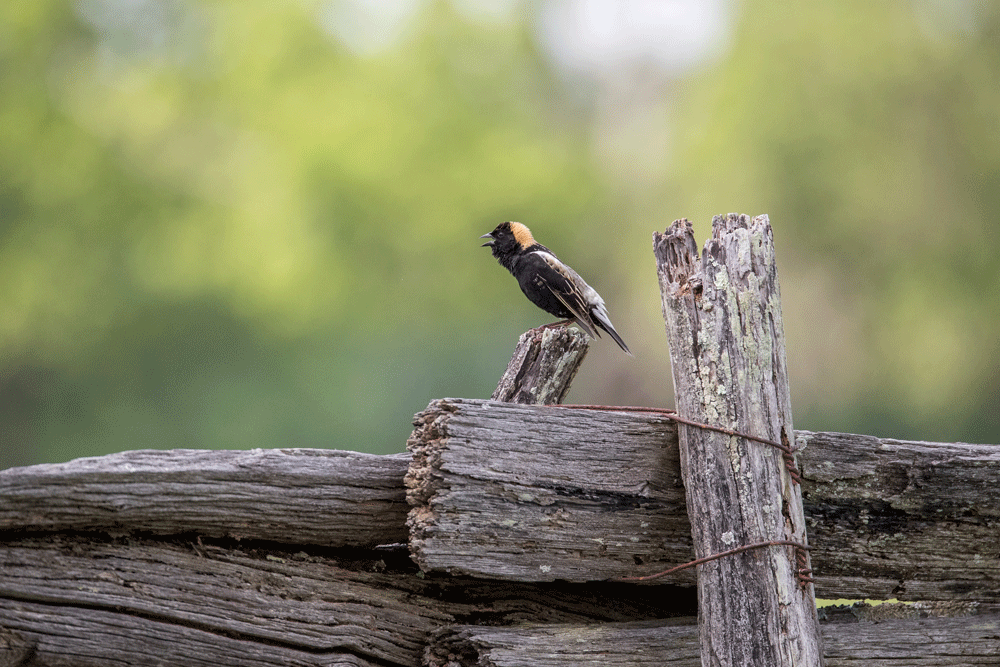Rokeby Rejoins
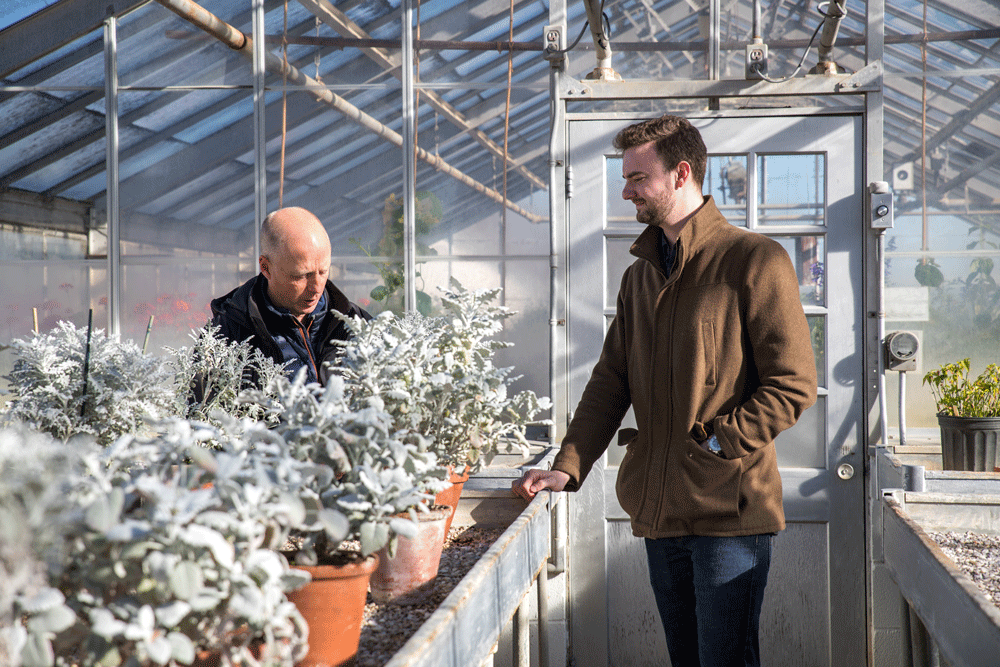
HISTORIC PROPERTY UNDER OAK SPRING GARDEN FOUNDATION
Story and photos by Callie Broaddus
Everyone loves a happy ending. And, in terms of real estate transactions, this is certainly that. In every other respect, however, this is more of a happy beginning.
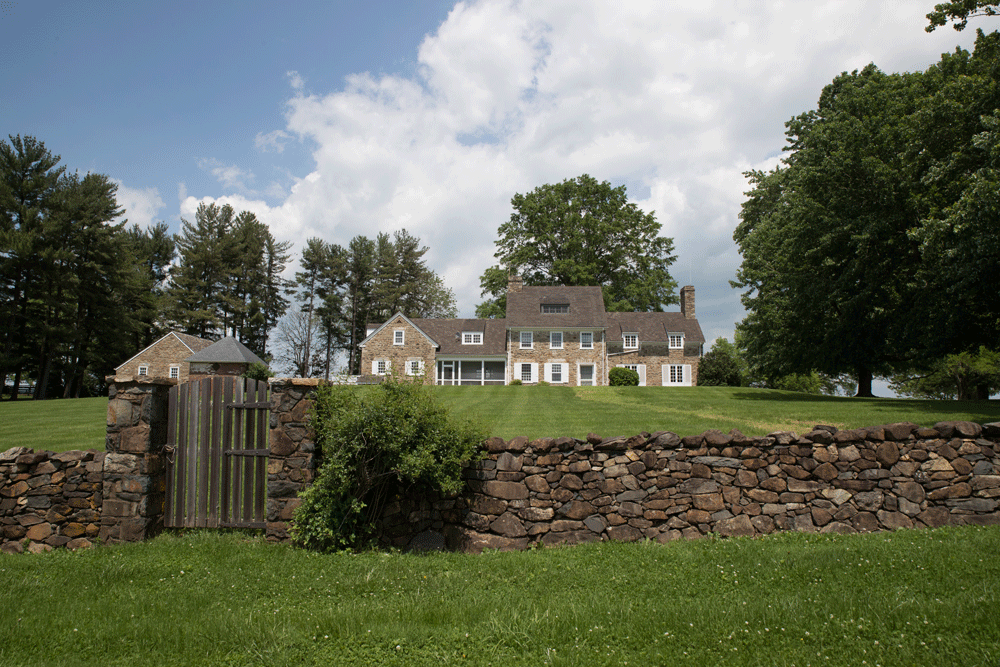
The Oak Spring Garden Foundation’s acquisition of the 440-acre Rokeby estate is a rare story of estate reunification. Joining the existing 263 acres at Oak Spring Farm, Rachel “Bunny” Mellon’s historic garden complex is coming back together for the first time since her passing in 2014. The transaction took place in early December, 2017, made feasible by generous support from the Gerard B. Lambert Foundation and a price tag that had been reduced as the large tract sat on the market. “Initially the property was well beyond our reach,” says Oak Spring Garden Foundation President Sir Peter Crane, who came to the organization in 2016 with a vision for the future and an enviable job history. Prior to his move to Upperville, Crane served as dean of Yale School of Forestry and Environmental Studies, Director of the Royal Botanic Gardens Kew and Director at the Field Museum of Natural History in Chicago. To boil it down, he is no stranger to land management.
While the strategy for management of the initial Oak Spring Farm tract revolves around conserving the vast biodiversity on the property and restoring native ecosystems, Crane says the addition of the Rokeby property provides new opportunities. Crane hopes “to preserve the essential character and features of the landscape immediately adjacent to our current site,” and “to develop a broader vision of what sustainability means on a large tract of land.”
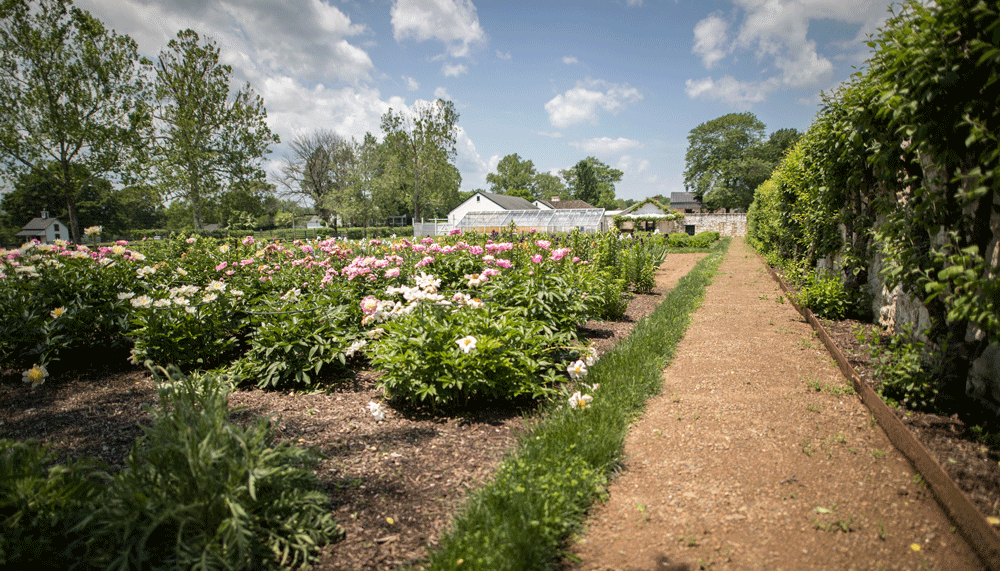
In addition to the ecological benefits that come along with having control of a larger landscape, the property conveys with important structural assets. Included on the Rokeby tract are eight barns and storage buildings, nine cottages and tenant houses, numerous greenhouses and gardens, and the Mellon’s famed mile-long airstrip. The property is under easement with the Virginia Outdoors Foundation, and an equine operation currently leases some of the pastures and barns. Perhaps the most practically valuable structures to the foundation are the cottages, which provide the opportunity to house Oak Spring Garden Foundation staff, enabling them to be on hand in event of a weather emergency. The cottages also expand the foundation’s ability to house scholars and artists visiting Bunny Mellon’s storied collection of books, manuscripts, and objets d’art in the library on Oak Spring Farm.
One of those new Rokeby residents is the foundation’s recent hire: Head of Horticulture and Landscape Programs Andrew Jackson. In keeping with the foundation’s track record of hiring best-in-class talent, Jackson comes to his new post from the United Kingdom, where he spent the majority of his career at the Royal Botanic Gardens, Kew, at Wakehurst Place. As Head of Wakehurst from 2003 to 2014, Jackson set and achieved new broad sustainability goals and established a program that engages with nearly 12,000 school children each year. During that time, Jackson had management of the Millennium Seed Bank, with the goal of conserving 25 percent of the world’s plant species by 2020. In recognition of his dedication to horticultural conservation, Jackson received the national honor of MBE (Member of the Most Excellent Order of the British Empire) in 2015.
In person, Jackson is warm and funny, with an ingrained modesty one might not expect from a scientist with such an impactful career. Since assuming his new post this February, Jackson has been getting up to speed on the story of the landscape, including the vision Mrs. Mellon had for the property when she called it home.
“I’m playing serious catchup,” says Jackson. “I’m being really helped by the librarians, who are going through the archive and are finding gardens’ specific landscape narratives, personal diary notes of hers, sketches from her, where she’ll say prune it this way; I want that view.

“She writes quite poetically; she writes from the heart,” he adds. “So I’m feeling like she’s drawing me into her personality. In that regard, ultimately if I’m successful, and she’s persuasive in her language, I’ll see the land-scape through her eyes. That’s what I’m trying to do.” Jackson adds with a laugh that Mellon’s handwriting is nice looking, but “terribly difficult to read!” But it hasn’t all been about research since he arrived. In taking stock of the new assets on the Rokeby tract, Jackson and the foundation’s team have begun mapping out plans to utilize Mellon’s cutting garden and production greenhouses, a strategy which Jackson says will take time to get right, but will fit into the organization’s broader sustainability, education and science objectives.
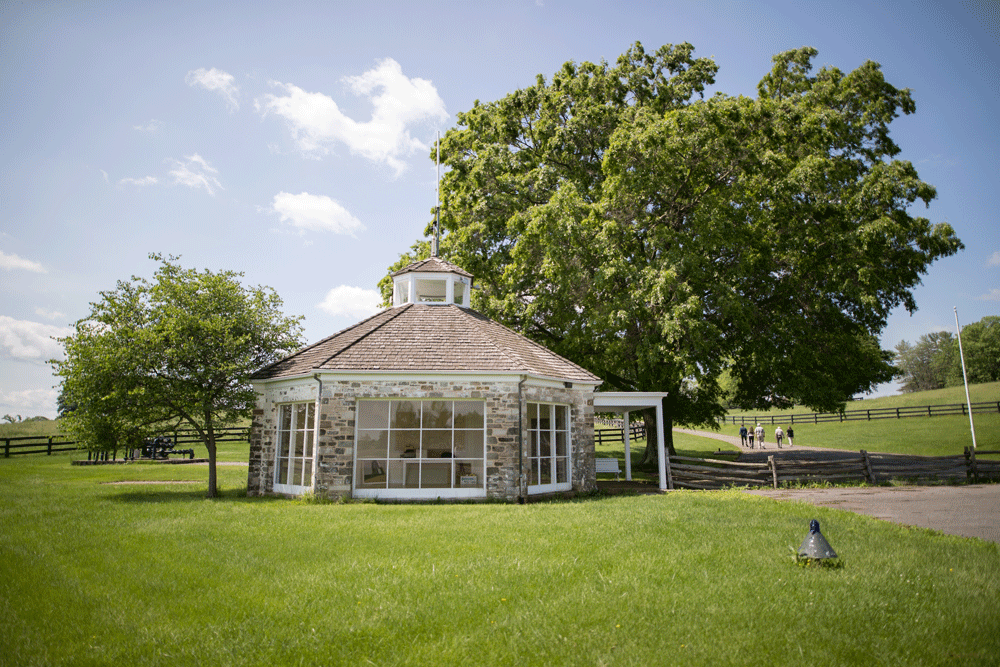
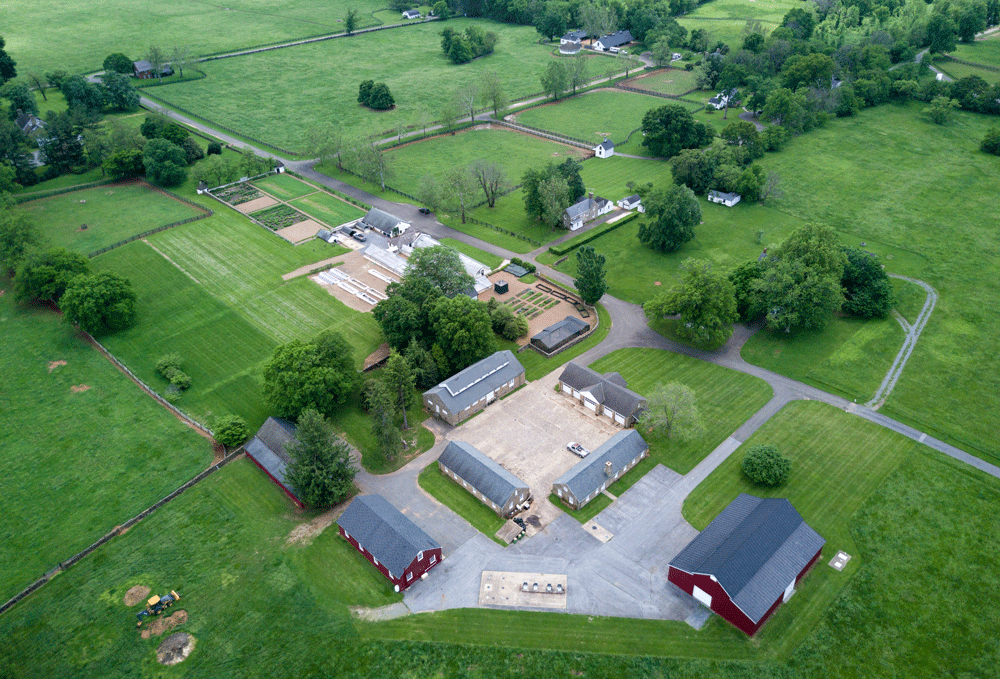
“We are looking for the sweet spot where those missions overlap,” Jackson explains, “for example where we can develop science-based training while also putting conservation into action—such as learning how to germinate, grow and propagate locally or regionally rare native woodland or grassland plants and providing them for restoration projects on our own site and for other landowners regionally and locally.” Part of that mission involves establishing an ecological baseline on both properties, a massive undertaking that was just completed on the original Oak Spring Farm tract and is now underway on the Rokeby side of the road. Ecological consultant Michael Gaige, who is performing the surveys, found an incredible wealth of forest biodiversity. According to his assessment, the wooded area on Oak Spring Farm supports more tree species than Yellowstone and Yosemite National Parks do combined. “That is a staggering statistic,” says Jackson. “And down at the more local level some of these trees not only date back before 1607—before Virginia—but spent their early years growing in an open habitat, raising questions about the extent of forest versus grassland even at that early stage.”
The value of such an in-depth assessment even extends beyond ecology and into the realm of anthropology. “With the indispensable assistance of Dr. Carol Nash of James Madison University, [Gaige] was also able to establish a history of human occupation in the immediate area going back some 8,000 to 12,000 years,” Jackson says, adding that the “extensive evidence of occupation between about 5,000 to 2,500” contrasts with comparatively less evidence in the more recent pre-colonial era.
As Gaige begins to assess the Rokeby property this year, the foundation’s staff continues to shape their long-term strategy around management of the new land. Fortunately, Mellon’s idea of landscape management can be summed up in her own words about her home at Oak Spring. “Nothing should stand out. It all should give you the feeling of calm. When you go away, you should remember only the peace.” ML
Birds at Rokeby
By Zack Loehle
Oak Spring Garden Foundation
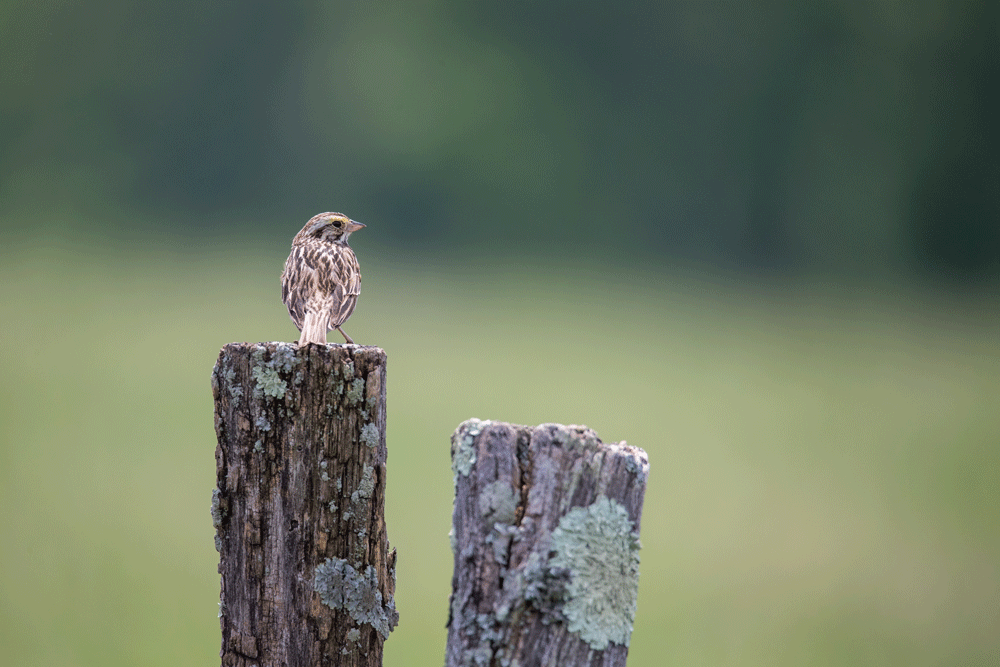
Oak Spring Garden Foundation All around the world, grasslands and prairies are the first habitats to be converted for large-scale agriculture. As a result, almost everywhere, grassland birds are declining. Northern Virginia is no different and wild meadows and grasslands are critical for our indigenous birdlife. At Rokeby, the Oak Spring Garden Foundation is making bird conservation a priority, including rescheduling the cutting of hay and reducing routine mowing on some of the fields. These interventions are already having a positive effect on local bird life. Some of the fields at Rokeby are still used for horse pasture. But by creating new un-mowed areas, an important goal is to provide habitat for declining grassland birds, such as the northern bobwhite, the grasshopper sparrow, the Eastern meadowlark and the bobolink. As their habitat disappears elsewhere, these key habitat patches become all the more important for sustaining populations of Virginia’s indigenous birds, creating the places they need to feed, breed and nest.
Male bobolinks, adorned in breeding plumage, are one of the highlights of early summer walks around Rokeby. Female bobolinks resemble a large brown sparrow, and for half of the year, males look similarly drab. But in the spring and summer the tans and browns of the winter male plumage give way to a striking black body with white back and yellow cap. Female bobolinks remain safely hidden amongst the grass while the males perform their mating display, fluttering over the fields with a flurry of high-pitched chirps. An initial bird survey is already underway at Rokeby in collaboration with Virginia Working Landscapes and will provide a baseline against which the success of future management changes can be judged. The overall goal is to meet Mrs. Mellon’s hopes for the land — “That its natural resources will continue to protect wildlife, wild flowers, birds, bees… and that in those in whose custody it be left will be selfless in this pursuit of caring.”
